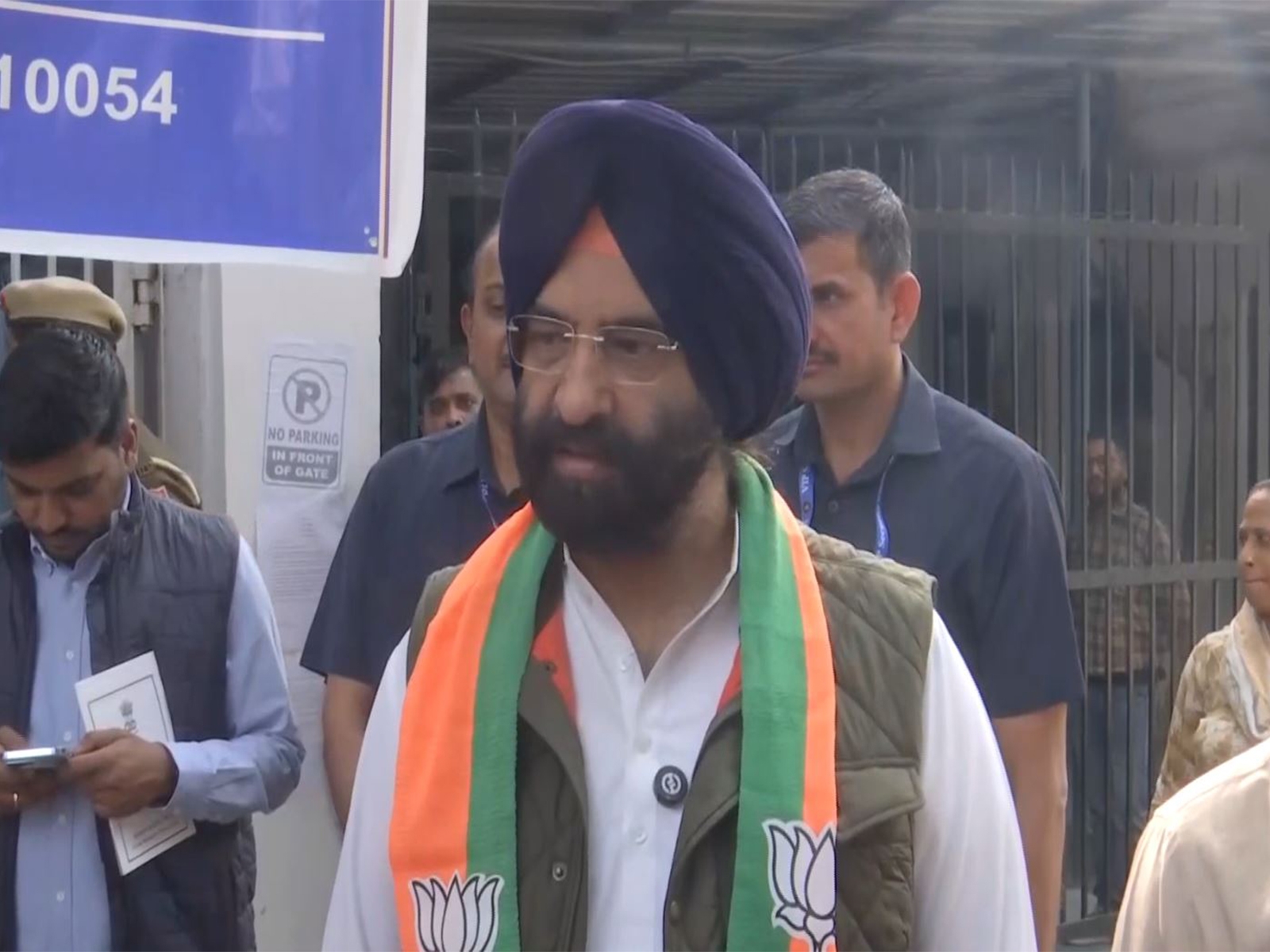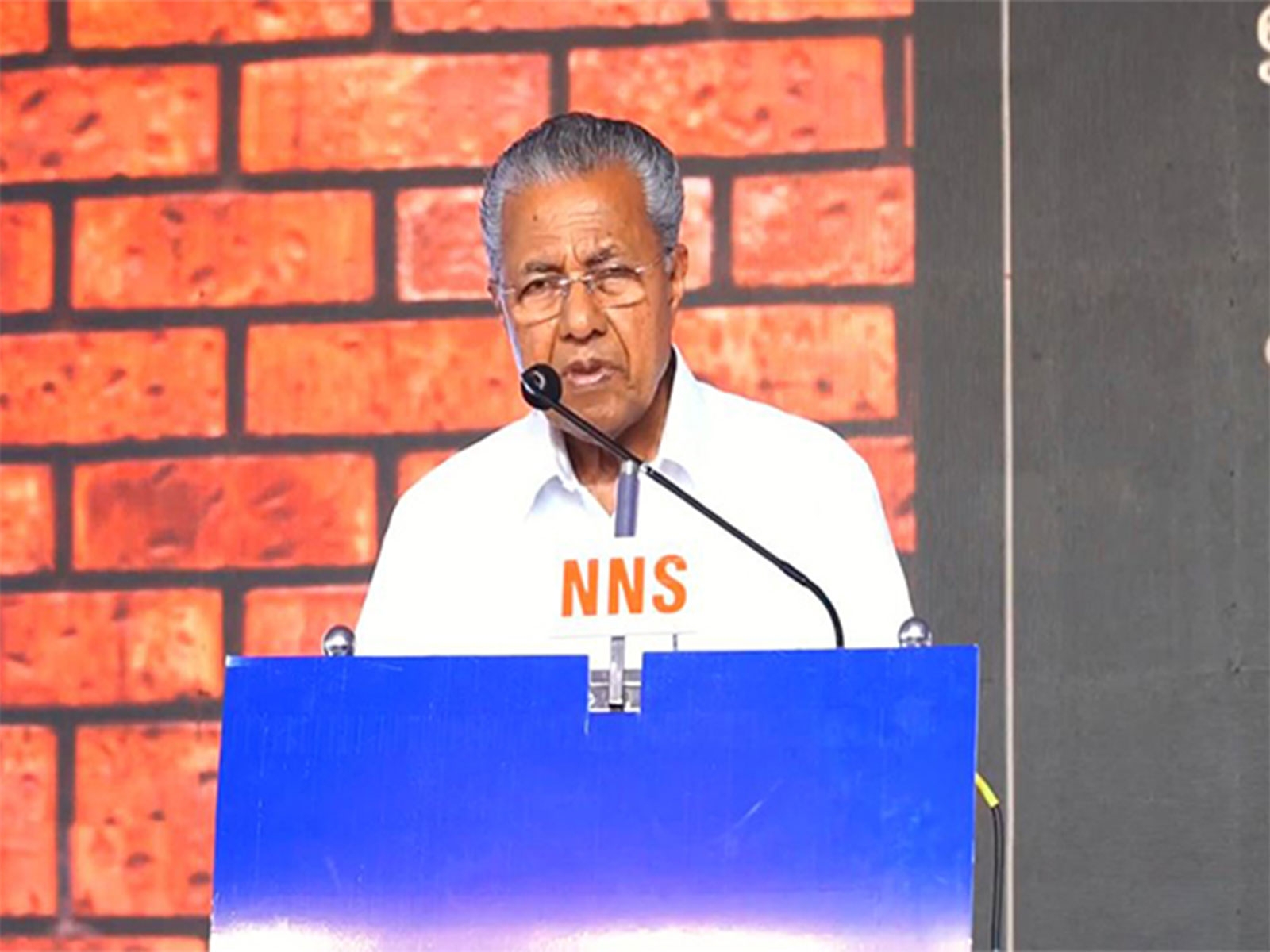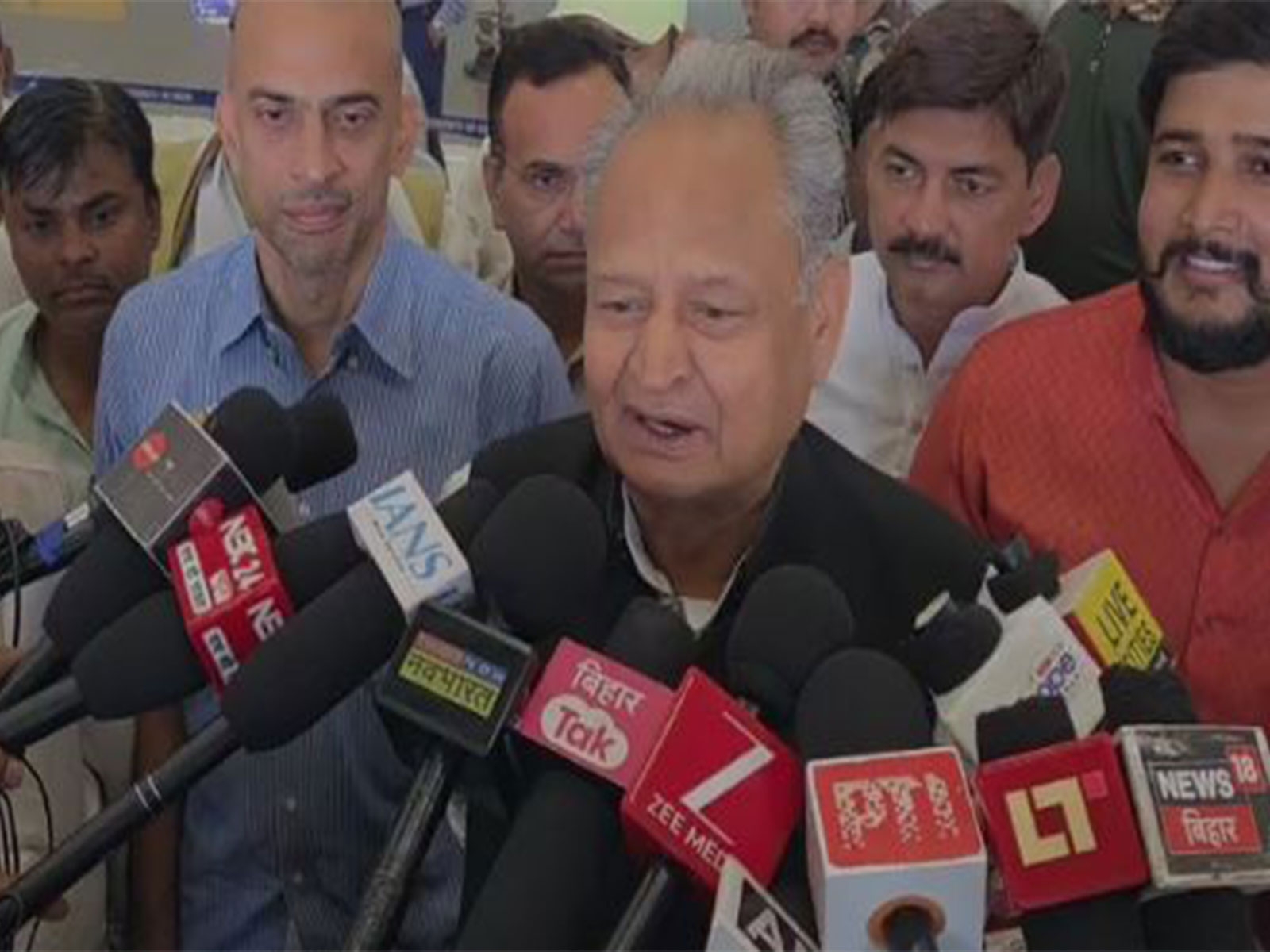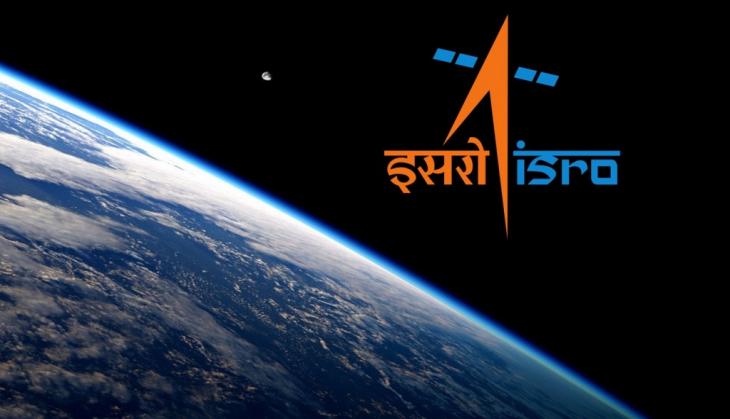
The Indian Space Research Organisation launched 20 satellites in its flagship rocket Polar Satellite Launch Vehicle (PSLV) C34, from the second launch pad of the Satish Dhawan Space Centre in Sriharikota at 9.26 am on 22 June.
Here are some essential facts about the historic launch:
1. India is now the third nation to launch multiple satellites in one go - after Russia and the United States, who have previously launched 37 and 30 satellites, respectively.
2. In 2008, ISRO sent out 10 satellites in a single launch. On 28 April 2008, ISRO launched a Remote Sensing satellite CARTOSAT-2A along with Indian Mini Satellite (IMS-1) and eight nanosatellites.
3. Once the PSLV C-34 takes off from the Satish Dhawan Space Centre, all 20 satellites will be launched into a 505 km polar Sun Synchronous Orbit, 26 minutes after take-off. 16 minutes after take-off, the first satellite will be injected into orbit, followed by the next 19 satellites, which will be set into orbit within the next 10 minutes.
4. The total weight of all the 20 satellites is about 1,288 kg.
5. The Cartosat-2, 2A and 2B satellites are a series of satellites that are intended to send back imagery that would be used for cartographic applications, and other Land Information System and Geographical Information System applications.
6. Satellites from Indonesia, US, Canada and Germany are among the 20 satellites being sent into orbit.
7. The LAPAN-A3 from Indonesia, M3MSat and GHGSat-D from Canada, BIROS from Germany and SkySat Gen2-1 & Dove Satellites from USA, will be used for a variety of purposes like remote sensing of high temperature events, measuring the atmospheric concentration of greenhouse gases and capturing sub-meter resolution imagery.
8. Satellites from two Indian universities are also among the 20. While the Swayam satellite from the College of Engineering, Pune, is aimed at providing point-to-point messaging services to the HAM (amateur radio) community, the Sathyabamasat satellite from the Sathyabama University Chennai will help collect data on green house gases.




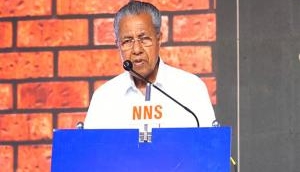


![BJP's Kapil Mishra recreates Shankar Mahadevan’s ‘Breathless’ song to highlight Delhi pollution [WATCH] BJP's Kapil Mishra recreates Shankar Mahadevan’s ‘Breathless’ song to highlight Delhi pollution [WATCH]](https://images.catchnews.com/upload/2022/11/03/kapil-mishra_240884_300x172.png)

![Anupam Kher shares pictures of his toned body on 67th birthday [MUST SEE] Anupam Kher shares pictures of his toned body on 67th birthday [MUST SEE]](https://images.catchnews.com/upload/2022/03/07/Anupam_kher_231145_300x172.jpg)


